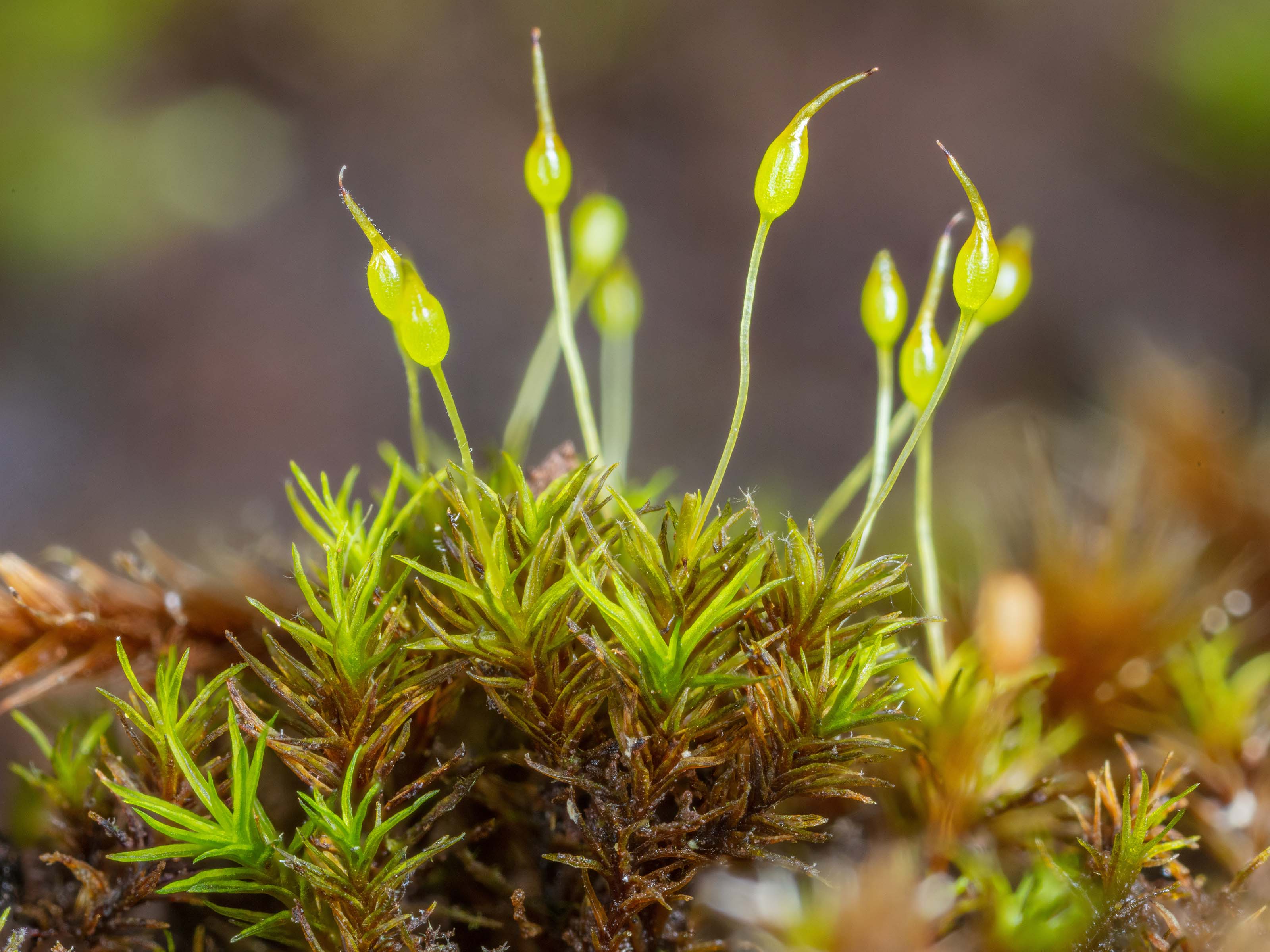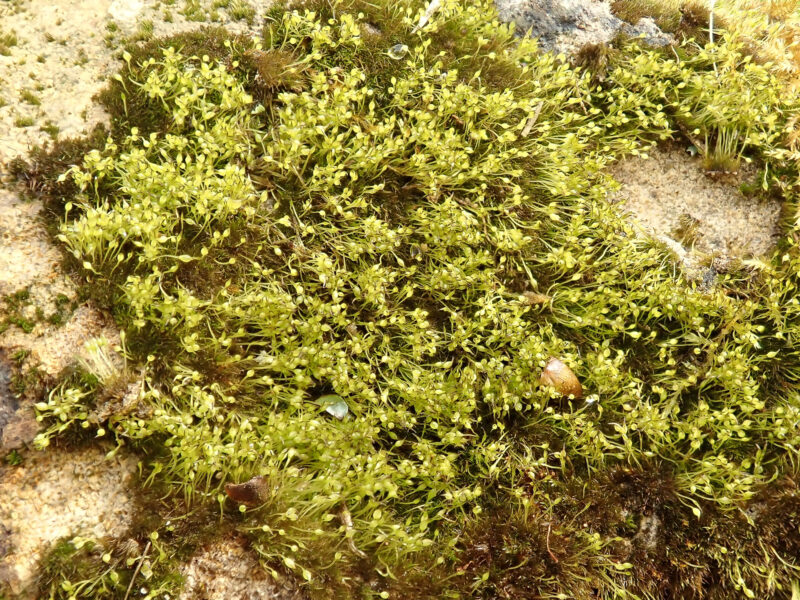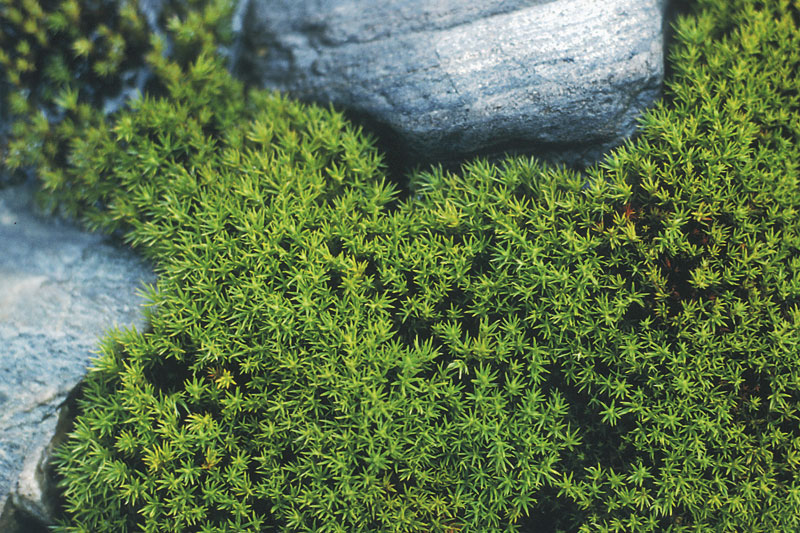
image from: https://www.earth.com/plant-encyclopedia/Bryophytes/Seligeriaceae/seligeria-polaris/en/
Exploring the Fascinating World of Seligeria polaris Berggr. Moss
Introduction
Mosses are some of the most ancient and resilient plants on Earth. Among the diverse array of moss species, one particularly intriguing variety is

image from: https://www.alamy.com/stock-photo/salix-polaris-salix-polaris.html
Seligeria polaris Berggr., a member of the Seligeriaceae family. In this blog post, we’ll take a deep dive into the captivating world of this polar moss and uncover its unique characteristics, global distribution, and ecological significance. Get ready to be amazed by the hidden wonders of Seligeria polaris!

image from: https://www.researchgate.net/figure/Polar-willow-Salix-polaris-on-a-carpet-of-mosses-photo-Z-Bochenek_fig2_330029983
Background on Seligeria Mosses
Before we focus on S. polaris specifically, let’s briefly cover some background on the Seligeria genus. Seligeria mosses are small, tufted mosses that typically grow on rocks, especially calcareous substrates. There are around 20 species of Seligeria worldwide. They belong to the class Bryopsida within the division Bryophyta (mosses).
Seligeria mosses are characterized by their minute size, with stems usually less than 5 mm tall. They have narrow, lance-shaped leaves that often end in a fine, hair-like point. The capsules (spore-bearing structures) are held on short setae and have a distinctive shape.
Morphology and Identification of Seligeria polaris
Now let’s zoom in on our star species: Seligeria polaris Berggr. This tiny moss forms dense cushions or tufts, typically 2-10 mm tall. The leaves are linear-lanceolate, 1-2 mm long, and have a strong midrib that extends to the leaf tip or just beyond as a short point.
One of the key identifying features of S. polaris is its capsule morphology. The capsules are ovoid to ellipsoid, 0.5-1 mm long, and held on a short seta (2-5 mm). They have a distinctive peristome (toothed structure around the capsule mouth) composed of 16 lanceolate teeth.

image from: https://www.korseby.net/outer/flora/bryophyta/seligeriaceae/index.html
Global Distribution and Habitat

image from: https://www.britishbryologicalsociety.org.uk/learning/species-finder/seligeria-calycina/
As its name suggests, Seligeria polaris is a moss of polar and alpine regions. It has a circumpolar distribution, found in the Arctic and subarctic zones of North America, Greenland, Europe, and Asia. It also occurs in high-elevation alpine areas further south, such as the Rocky Mountains and the Alps.
This hardy moss inhabits exposed calcareous rocks and cliff faces. It can tolerate harsh conditions, including freezing temperatures, high winds, and intense UV radiation. S. polaris often grows in small crevices or on ledges where a bit of soil accumulates.
Ecological Roles and Adaptations
Like other mosses, Seligeria polaris
image from: https://southwalesbryos.blogspot.com/2017/05/a-visit-to-darren-fach-sssi.html
plays important ecological roles despite its small size. As a pioneer species, it helps to colonize bare rock surfaces and contributes to the formation of soil over time. The dense cushions trap dust, organic matter, and moisture, creating microhabitats for other organisms like invertebrates and fungi.
S. polaris has several adaptations that allow it to thrive in harsh polar and alpine environments:
- Its small size and compact growth form minimize water loss and exposure to wind and cold.
- The strong midrib and pointed leaf tips may help to channel water towards the stem.

image from: https://www.earth.com/plant-encyclopedia/Bryophytes/Seligeriaceae/seligeria-oelandica/en/
- The species can undergo desiccation and rapidly rehydrate when water becomes available again.

image from: https://www.britishbryologicalsociety.org.uk/learning/species-finder/seligeria-calycina/
- Dark pigments in the leaves provide protection against intense UV radiation.

image from: https://www.nibio.no/nyheter/mosekunnskap-viktig-for-klimaet-p-kloden/
Conclusion
Seligeria polaris Berggr. may be a tiny moss, but it is a true survivor, able to withstand some of the most extreme conditions on the planet. From the Arctic tundra to windswept alpine cliffs, this remarkable species quietly goes about its business of building soil, providing shelter, and contributing to the complex web of life in polar and high-elevation ecosystems.
The next time you find yourself in the realm of S. polaris, take a moment to appreciate the tenacity and hidden beauty of this miniature marvel. And consider this: what other secrets might the world of mosses hold? As we continue to study these ancient plants, we are sure to uncover more fascinating stories and insights into the workings of nature. The journey into the world of

image from: https://www.swisseduc.ch/glaciers/arctic-islands/arctic-09-en.html
Seligeria and its relatives has only just begun!